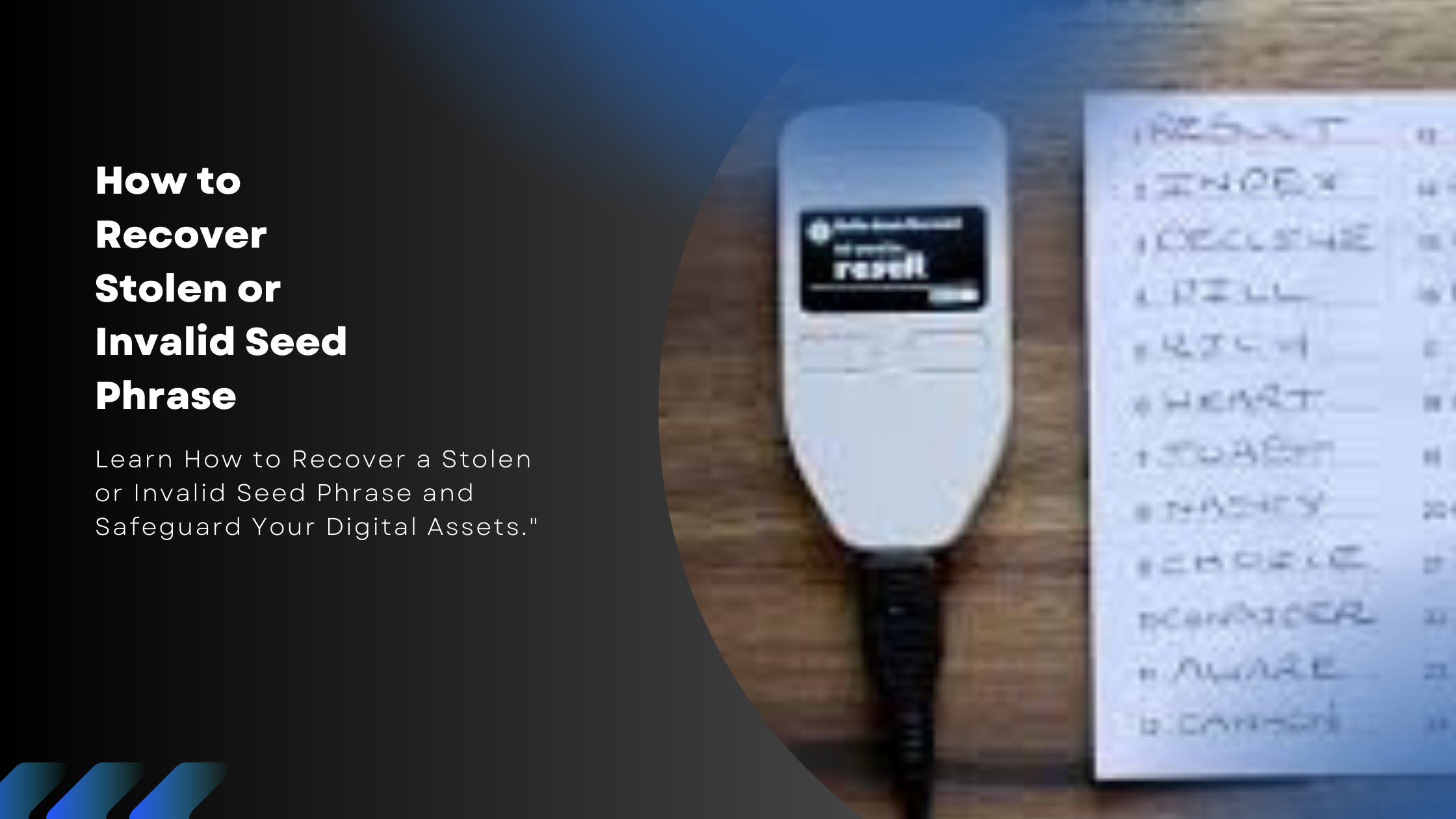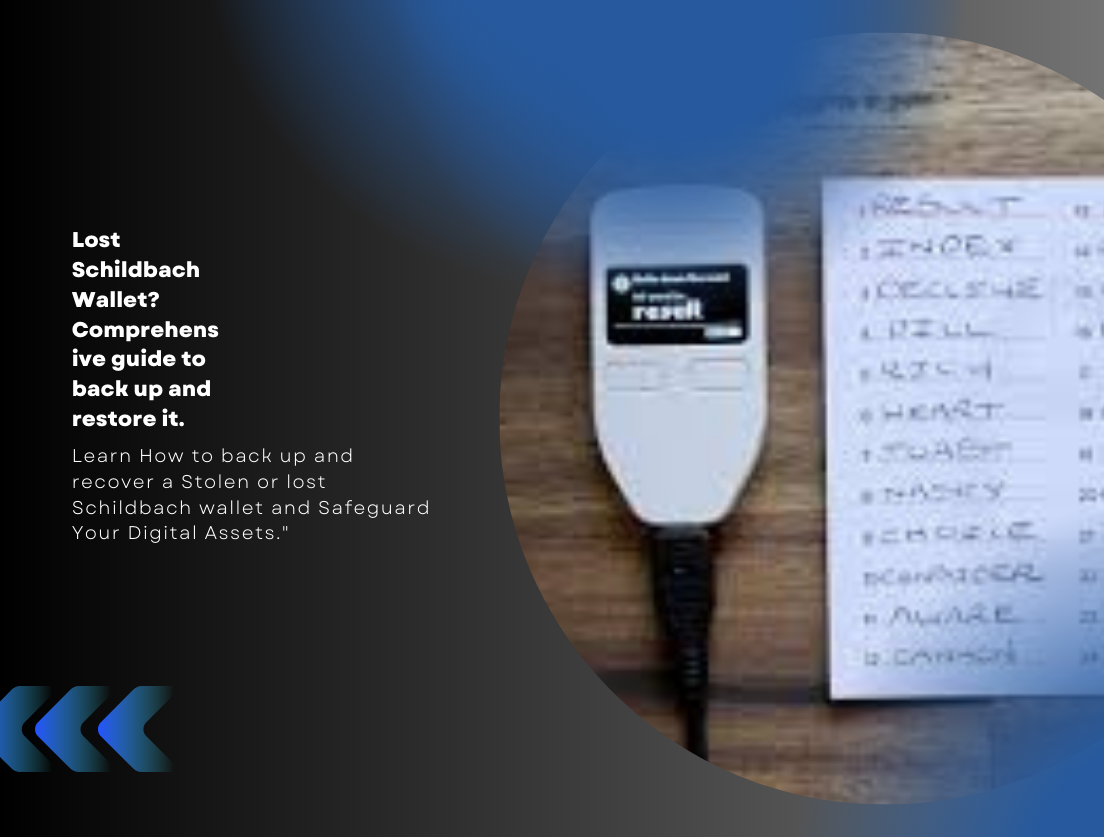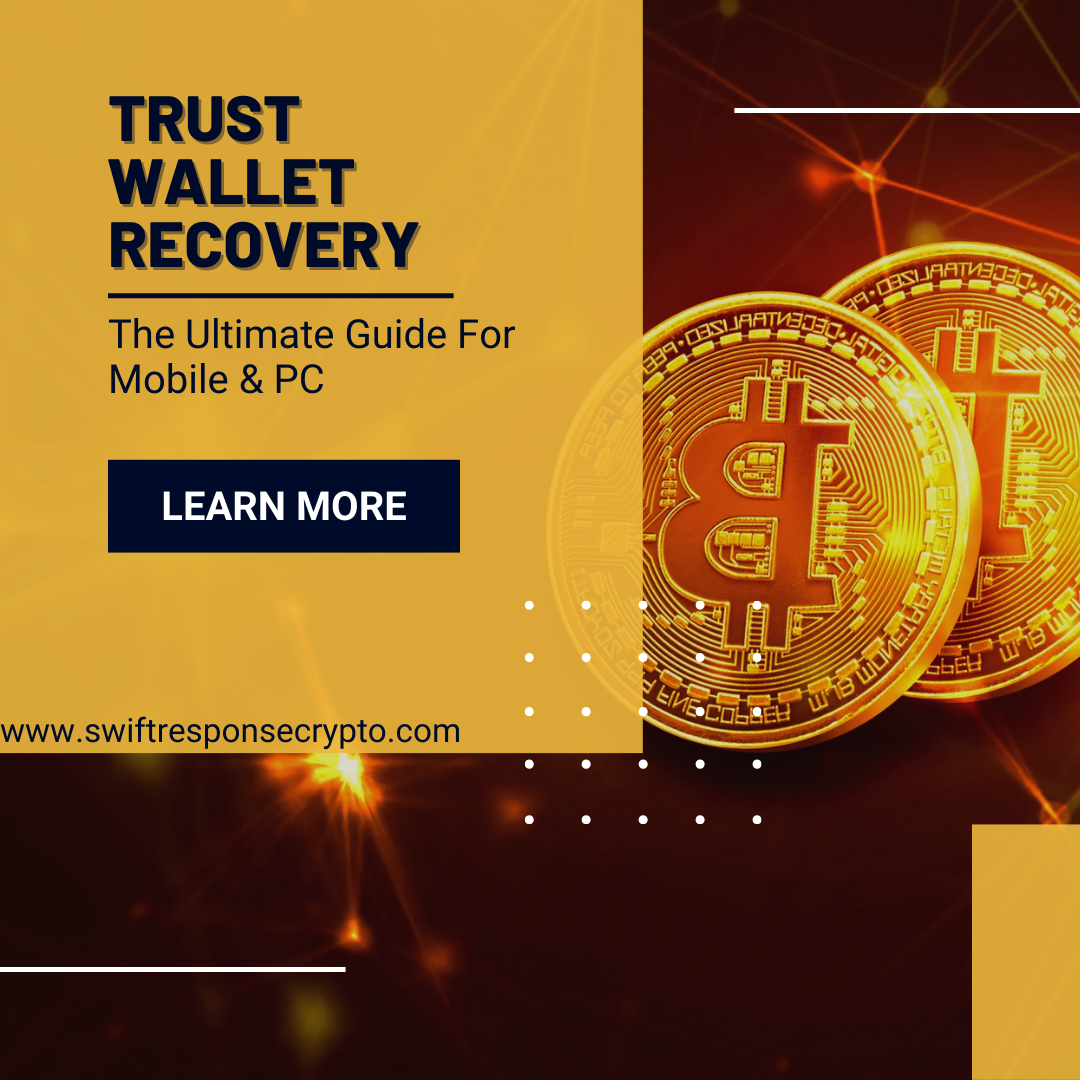Get In Touch
- 334 Antebellum Pl, Woodstock, Georgia 30188 United States
Subscribe to Our Newsletter
Copyright © 2025
SWIFT RESPONSE CRYPTO
All rights reserved
Inside Look: A Journey To Wholesale Reproduction Handbags Market An

Stolen or Invalid Seed Phrase? Expert Guide to Recovery When

Schildbach Wallet: Step-by-Step Guide To Back Up & Restore Your

Wallet Security Tips- Top 5 tips to Stay Safe Cryptocurrency

10 Common Cryptocurrency Scams and How to Avoid them Cryptocurrency

HOW TO RECOVER LOST OR STOLEN CRYPTOCURRENCY IN 2025 The

CRYPTOCURRENCY INVESTMENT SCAMS – HOW TO RECOVER IF YOU HAVE

Recover Cryptocurrency from Fake Mining Sites- A Comprehensive guide How

Trust Wallet Recovery: The Ultimate Guide For Mobile & PC
Copyright © 2025
SWIFT RESPONSE CRYPTO
All rights reserved